Choosing the Best Protein Powder for Your Body: A Complete Guide
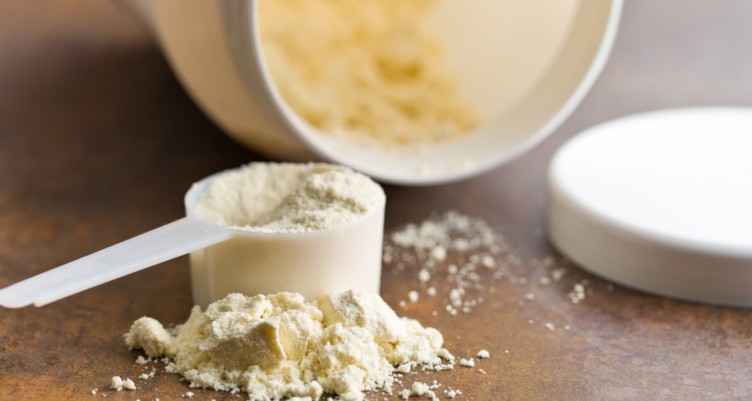
- Protein powders are nutritional supplements that may help you lose weight, build muscle and improve muscle recovery.
- Protein powders are either animal-based or plant-based. Some of the main types include whey, casein, soy and egg.
- Look for a protein powder tailored to your health and fitness goals, body type and dietary preferences.
Shopping for protein powder is a challenging feat. There is no shortage of options, from whey to casein to soy to egg. All claim to deliver the powerful benefits of protein: keeping you satiated, growing and repairing cells and boosting metabolism.[1]
Each new protein tub may bring a new set of questions. Is animal- or plant-based protein better? Is the protein complete? Do you reach for the isolate, concentrate or hydrolysate?
Thankfully, this guide on choosing the suitable protein powder for your body has done the heavy lifting for you. Ultimately, the decision comes down to your dietary preferences, body type, fitness, and health goals.
How to Measure Protein Quality

Before comparing proteins, you should know what you’re comparing. Absorption, digestibility and amino acids all play a role in measuring protein quality.
The most widely accepted measures of how your body uses different types of protein are:
- Biological Value (BV)
BV is represented on a scale of 0-100, 100 being the highest bioavailability. BV determines how much of the digested protein stays in your body.[2][3]
- Protein Digestibility Corrected Amino Acid Score (PDCAAS)
PDCAAS, or the protein digestibility-corrected amino acid score (say that five times fast!) ranges from 0-1.0, 1.0 being the most likely to meet human protein needs.[4] PDCAAS measures the amount of protein your body flushes out. This way, you have a good idea of how much your body uses. It accounts for the protein needs of humans, as opposed to outdated methods (for example, the protein efficiency ratio) that used the protein needs of rats as the reference point.[5]
These are solid measures to score a protein’s quality and bioavailability (how well your body absorbs and uses protein). The next time you shop for protein powder, check to see if the manufacturers of these supplements printed these measures on the label. They may also be available on request.
Every scoring system has its benefits and shortcomings, so it’s best to check multiple quality scores when deciding what protein to use.
How to Choose the Best Protein Powder for Your Body
Whether you’re looking to lose weight, build muscle or maintain good health, protein can help.
The seven main types of protein powder include:
- Whey
- Collagen
- Casein
- Egg
- Colostrum
- Pea
- Soy protein
Considering these critical factors brings you closer to your soulmate protein powder.
Evaluate the Amino acid profile
First, look at a protein’s amino acid profile. A complete protein will contain the full range of essential amino acids (amino acids you must get from your diet) in adequate amounts. Or it will contain essential amino acids that are difficult to get from dietary sources.[6]
A complete amino acid profile means that every amino acid makes an appearance. It doesn’t mean it has the amounts you need. The amino acids link up and synthesize proteins in the body only when they have the right partners. If an essential amino acid is available in small amounts, that amino acid limits the amount of protein you can synthesize in the body. Collagen helps balance out these proportions, which we’ll discuss in a minute.
Look for minimal ingredients
When buying protein, you want to buy just that—protein. Always inspect the ingredients list to ensure that a protein powder doesn’t contain numerous fillers, additives, thickeners or artificial flavorings.
If it has more than 10 ingredients or ingredients you can’t pronounce, put it back. The healthiest protein powder contains clean, whole-food ingredients.
Opt for minimal to no added sugars
These days, protein powders come in many flavors — pumpkin spice, cupcake-flavored… you get the picture. While these may win the “best-tasting protein powder” award, they contain artificial sweeteners. Some have upwards of 23 grams of sugar per scoop![7]
A protein shake may hinder your efforts rather than help you lose weight. The best protein powder for weight loss is sugar-free or contains less than five grams of sugar. If it has added sugars, look for ones that contain naturally occurring sugars, such as stevia or monk fruit.
Ensure it has a minimum of 15 to 20 grams of protein per serving
The Recommended Dietary Allowance of protein for adults is 0.8 grams per kilogram per day.[8] This is around 56 grams of protein per day for men and 46 grams per day for women. If you’re not sure how much protein you need, this guide can help.
Protein powders offer a convenient way to hit your protein targets. For the best results, choose a protein powder containing a minimum of 15 to 20 grams per serving. This way, you’ll get almost half the daily recommended intake from one protein shake.
Go with your preferences
Choose a product that your body can tolerate by considering these essential factors: dietary preferences and allergies. If you’re vegan or vegetarian, choose a plant-based protein, such as pea, brown rice, hemp and soy. Those dairy-free or lactose intolerant are better off using plant-based protein sources. That’s because whey and casein protein powders contain dairy.
When it comes to taste, you want a protein powder you like and will use. It should also easily mix into liquid, such as water and smoothies, without clumps.
What are the different types of protein powder?
Whey protein may be the most popular protein powder, but other options deserve to end up in your shaker cup.
Undenatured whey protein[9]
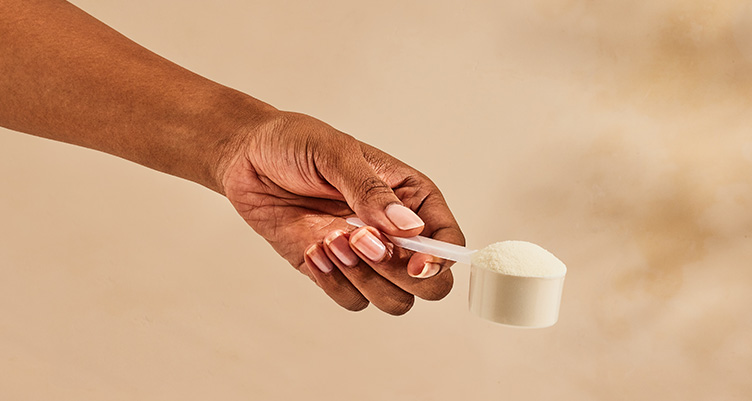
Quality:
- Biological Value: 104
- PDCAAS: 1.0
- Amino acid profile: Complete
Pros:
- People with dairy sensitivities from milk sugar (lactose) and milk protein (casein) often tolerate whey
- The complete amino acid profile
- Bioavailable
- It may help the liver production of glutathione
Cons:
- Heated whey doesn’t boost glutathione
- Heating whey oxidizes cholesterol (you can easily avoid this by getting undenatured whey protein and not heating it)
Whey protein is easy to digest. It contains compounds called bioactive milk peptides (BMPs) that reduce stress and improve sleep.[10][11] You can buy BMPs as a standalone supplement, but you’ll save some money getting them from whey protein. Whey also contains lactoferrin, which supports healthy arteries.[12]
Whey protein also gives your liver what it needs to produce glutathione, your body’s master antioxidant.[13] Glutathione scavenges free radicals and helps your liver neutralize toxins, among other things. You can offset that loss by supplementing with glutathione if you’re using a denatured whey protein.
Undenatured whey protein is the most effective. Heat and pressure reduce the effectiveness of BMPs, and research has found that undenatured whey boosts glutathione.[14] When choosing a whey protein, be sure to choose one that hasn’t been processed over 180 degrees.
Whey is one of the most popular protein powders thanks to its neutral taste and digestibility. However, it’s easy to go overboard with whey. Use around two tablespoons daily, up to four if you’re working out or recovering from injury. More whey than that can give you too much cysteine and methionine, which can contribute to inflammation.[15]
Combining undenatured whey and collagen protein is one way to balance amino acid ratios while upping your protein intake.
Collagen Peptides
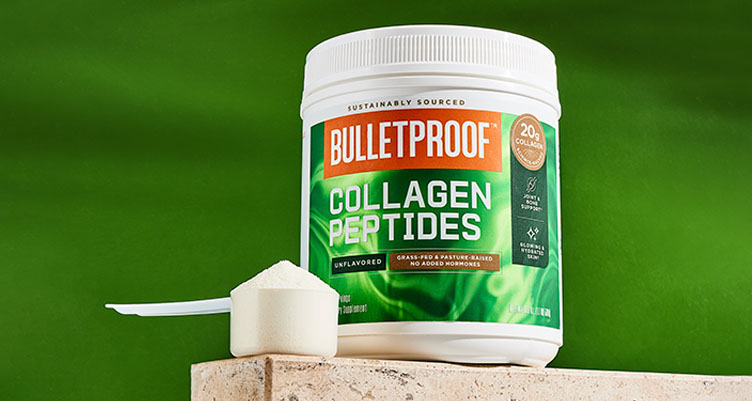
Quality:
- Biological value: Uncertain
- PDCAAS: 0, only because it does not contain tryptophan, otherwise it would be up there with the other animal protein sources
- Amino acid profile: Incomplete, although it contains glycine, hydroxyproline, and proline, which are scarce in the standard American diet[16]
Pros:
- Gut bacteria turn collagen peptides into butyric acid, which is good for digestion
- Supports connective tissue repair
- Improves skin appearance
- Fills in amino acid gaps
Cons:
- It is not a standalone protein source; it must get other amino acids from food, whey, etc.
- Heat processing reduces the benefit of collagen (no worries, you can get enzymatically processed hydrolyzed collagen)
Collagen peptides are in every tissue of your body. Supplementing with collagen powder provides the amino acids you need for connective tissue repair, and skin health.[17][18][19]
Although collagen’s amino acid profile is incomplete, the amino acids it does provide fill in the gaps commonly seen in dietary protein and protein supplements.
Take whey, for example. More than four tablespoons of whey will overload cysteine and methionine, which causes inflammation. People with a higher protein requirement (athletes, people with injuries, etc.) can balance whey’s amino acid profile. They may avoid some inflammation by adding collagen instead of adding more whey.[20]
Bovine colostrum
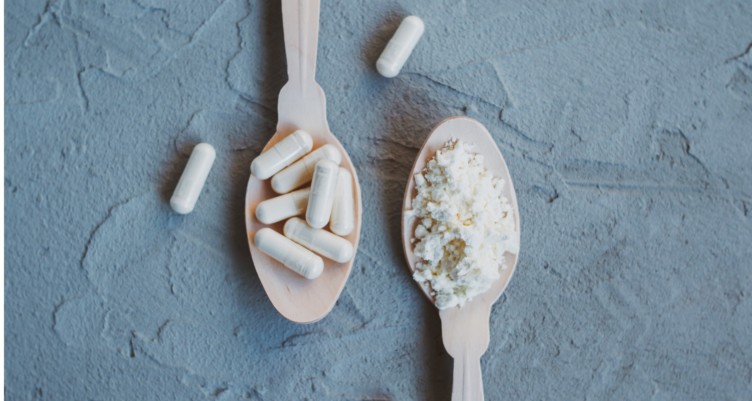
Quality[21]
- Biological value: It depends on the date. For mammals, biological value hovers close to 130 immediately after birth and slowly declines by 10-15% until milk production takes over.[22]
- PDCAAS: 1.0[23]
- Amino acid profile: Complete
Pros:
- Contains growth factors
- Boosts immune system with probiotics and antibodies
- High bioavailability
Cons:
- Colostrum has small amounts of lactose and casein, which may trigger reactions if you’re super sensitive[24]
- Expensive compared to other protein sources
When a mama cow gives birth to a calf, she produces a “liquid gold” called colostrum. This thick, yellow-gold pre-milk is packed with antibodies and probiotics for her growing calf.
Human mothers also produce it, which is why hospitals encourage mothers to breastfeed shortly after birth. The sooner babies get protection from colostrum, the better.
Colostrum contains growth factors that trigger cell growth and DNA synthesis, which makes sense for a growing baby or calf.[25] But do walking talking adults benefit from colostrum supplementation?
Studies have found that athletes who took bovine colostrum saw several improvements. These include performance, a jump in measurable insulin-like-growth factor 1 (IGF-1) as well as enhanced lean body mass.[26]
Casein protein

Quality:
- Biological value: 77[27]
- PDCAAS: 1.00
- Amino acid profile: Complete
Pros:
- Bioavailable
- The complete amino acid profile
- Slow absorption rate
Cons:
- High allergen/sensitivity risk
- A1 casein associated with diabetes and ischemic heart disease[28]
You already know that whey is a milk-derived protein. Casein is the other protein found in milk. A fitness industry favorite, casein is absorbed slowly, and the muscles readily use it for recovery.
It’s a fine choice for people who can tolerate it, but a large portion of the population reacts to casein. It’s a common allergen and autoimmune trigger. People with mild sensitivity can experience symptoms like digestive upset and skin issues.
There are two main types of casein protein, A1 casein, and A2 casein. The most common dairy cow breeds produce A1 casein, which you often find in dairy products and casein protein supplements. A1 casein is associated with diabetes and ischemic heart disease.
A2 dairy products are more difficult to source because they come from goats and cow breeds that produce less, like Jerseys and Guernseys. You can avoid problems by finding an A2 milk-derived casein protein (skipping and opting for whey).
Egg protein
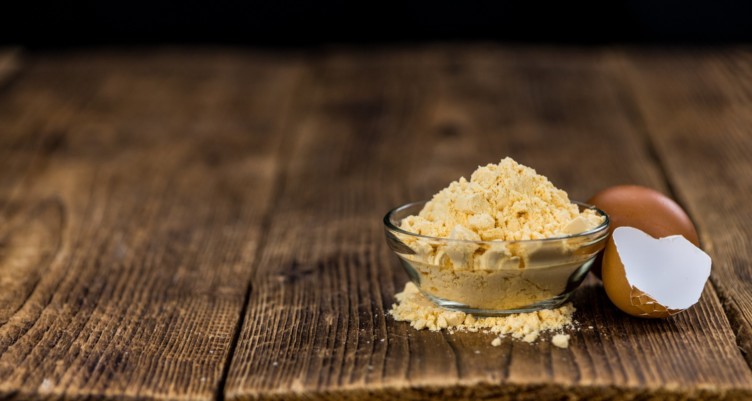
Quality:
- Biological value: 100
- PDCAAS: 1.00[29]
- Amino acid profile: Complete
Pros:
- Bioavailable
- The complete amino acid profile
Cons:
- High allergen risk
- Processing into supplement form oxidizes cholesterol
Eggs are highly bioavailable and have a complete amino acid profile, although egg protein supplements fall short.[30]
Processing whole eggs into protein powder oxidizes cholesterol in the yolk. You miss out on the B vitamins, choline and omega-3s if you opt for egg white powders. You can find brands that minimize the oxidized cholesterol content in egg protein powders. But that’s an expensive form of an otherwise cheap and abundant food-based protein. So just eat pastured eggs.
You also need to watch your food sensitivities. Eggs (whites and yolks) are high on the allergen list, and people spend years unaware they have an egg sensitivity. They miss the connection between eggs and skin problems, joint pain, or digestive discomfort.[31]
Pea protein

Quality
Pros:
- It is a decent protein source for vegans
- Amino acid profile
- Bioavailable
Cons:
- It contains phytic acid that blocks nutrients
- It contains lectins that trigger inflammation and autoimmune response[34]
- Gritty texture (varies by formula, can be masked with thickeners)
Pea proteins are sold alongside every major protein supplement, and their popularity is rising. Though pea protein isn’t complete, you can combine it with other sources to get all the essential amino acids.
A benefit of pea protein is that it inhibits linoleic acid oxidation, which causes heart disease.
Plants rely heavily on chemicals to keep hungry herbivores away. The downside of pea protein is that peas produce chemicals that are bad for you and discourage you from eating them. Nuts, seeds and legumes (like peas) contain phytic acid, a substance that blocks the absorption of iron, zinc, calcium, manganese and other nutrients.[35]
Another type of chemical they produce, lectins, may cause inflammation and autoimmune responses if you’re sensitive to them.
How to avoid antinutrients in pea proteins
Fresh green peas (as opposed to dried) are lower in phytic acid because phytic acid develops when the plant goes into storage mode.[36]
People used to soak dried grains and beans before cooking. The practice returned with new knowledge of how phytic acid blocks nutrient absorption. Soaking and discarding the water removes a portion of phytic acid, and the bean leaches out a portion of its phytic acid before waking back up.
Manufacturers use ground-dried peas to make pea protein. This way, the storage mode is in full effect with plenty of phytic acid to protect the seed from hungry animals and post-workout humans.
Some manufacturers use extra processing to remove some of the phytic acid and oligosaccharides—the naturally occurring carbohydrates that give beans their… musical qualities. Despite extra processing, some of these carbohydrates hang behind, headed for your smoothie and your body’s mineral stores.
Soy protein
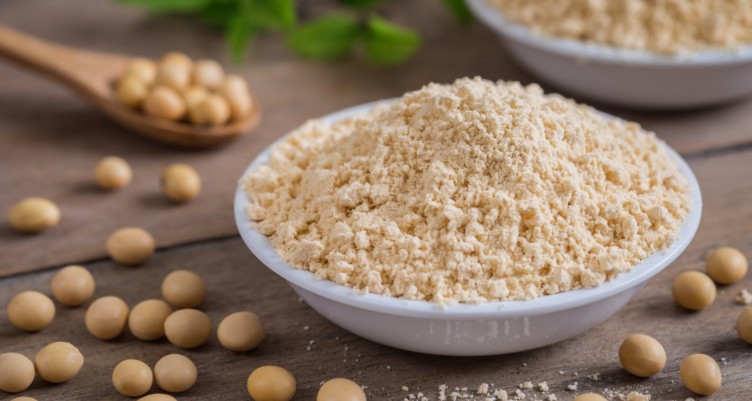
Quality
- Biological Value: 74
- PDCAAS: 0.98-1.0[37]
- Amino acid profile: Complete
Pros:
- Complete source for vegans
- Neutral taste
Cons:
- Non-organic soy is genetically modified and loaded with glyphosate
- Messes with your thyroid hormones and sex hormones[38]
- Contains phytic acid and lectins
Thanks to its complete amino acid profile, vegans turn to soy to meet their protein needs. However, soy is far from perfect.
It has a measurable effect on estrogen receptors and impacts thyroid function.[39] Since soy is a legume, you may run into the same problems with phytic acid and lectin as you did with pea protein.
The world of protein powders is a revolving door, with no shortage of new products to try. But at its core, protein powder is sourced from animal—and plant-based proteins. The main types include whey, collagen, casein, egg, colostrum, pea, and soy protein.
Don’t break a sweat trying to decide. Choosing the right protein powder for your body involves considering your dietary preferences, body type and health and fitness goals.
Sign up for early access to sales, product launches, the latest Bulletproof news and more!



